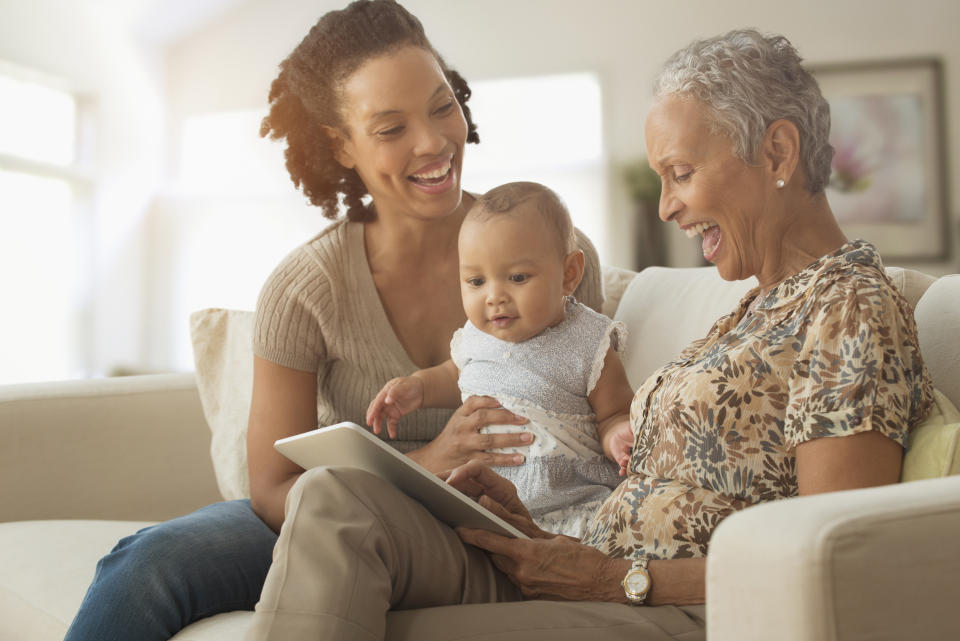Coronavirus pandemic gives big boost to multi-generational homebuying: study
More homebuyers looked for houses with adequate space for their aging parents or adult children during the pandemic, according to a new study.
The coronavirus pandemic strengthened demand for houses that could accommodate adult children and aging parents. Some 15% of home purchases since March were multi-generational homes compared to only 11% before the pandemic, according to a new study by the National Association of Realtors (NAR).
“A lot of families have an aging senior relative who was living independently or in senior care and wanted to move them into their home,” said Jessica Lautz, vice president of demographics and behavioral insights at the NAR. “But we also have a record number of 19 -to 29-year-olds living at home. Many have never left the home, but many may have boomeranged back, and families need a larger space.”

Some 28% of buyers who bought multi-generational homes cited taking care of aging parents (compared to 25% before the pandemic) and 21% cited wanting to spend more time with aging parents (compared to 17% before the pandemic) as top reasons for purchasing a multigenerational home, according to the NAR.
Many retirement facilities barred family members from visiting residents during the coronavirus pandemic, prompting alarm from caregivers who faced new barriers in supervising care for their parents or grandparents. Many families decided to have aging family members live with them so they could be more in-control of their loved-one’s care.
“When people have a significant event like this, it is enough of a trigger in their mind to say ‘We’ve been thinking about this for years, and we need to do something better with mom than put her in an old folks home,’” said Derek Wolf of New York-based Wolf Industries, which adds independent apartments onto single-family properties. Wolf has seen a 200% increase in demand during the pandemic, he said.
During the pandemic, 20% of buyers who purchased a multi-generational home said that they were purchasing a home that could accommodate multiple generations because their adult children were moving back in with them, compared to only 13% before April.
The coronavirus pandemic increased financial pressures on millennials and blocked first-time homebuyers from entering the market, prompting record numbers to move back in with their parents — 52% of 19-29 year olds lived with their parents in July, the highest rate since the Great Depression, according to Pew Research Center, a Washington, D.C.-based think tank.
“Kids are coming home from college and not being able to afford somewhere to live. Parents might be saying, ‘You can’t live in my house,’ but they’re also not going to put them out on the street, so they’re looking for an alternative,” said Monique Brandon, vice president of public affairs at United Dwelling, a Los Angeles-based manufacturer of accessory dwelling units, or independent apartments attached to single-family homes.
Sarah Paynter is a reporter at Yahoo Finance.
Read the latest financial and business news from Yahoo Finance
Follow Yahoo Finance on Twitter, Facebook, Instagram, Flipboard, SmartNews, LinkedIn, YouTube, and reddit.
More from Sarah:
Veterans overpay for home mortgages: study
People are actually buying homes without ever physically seeing them: study
